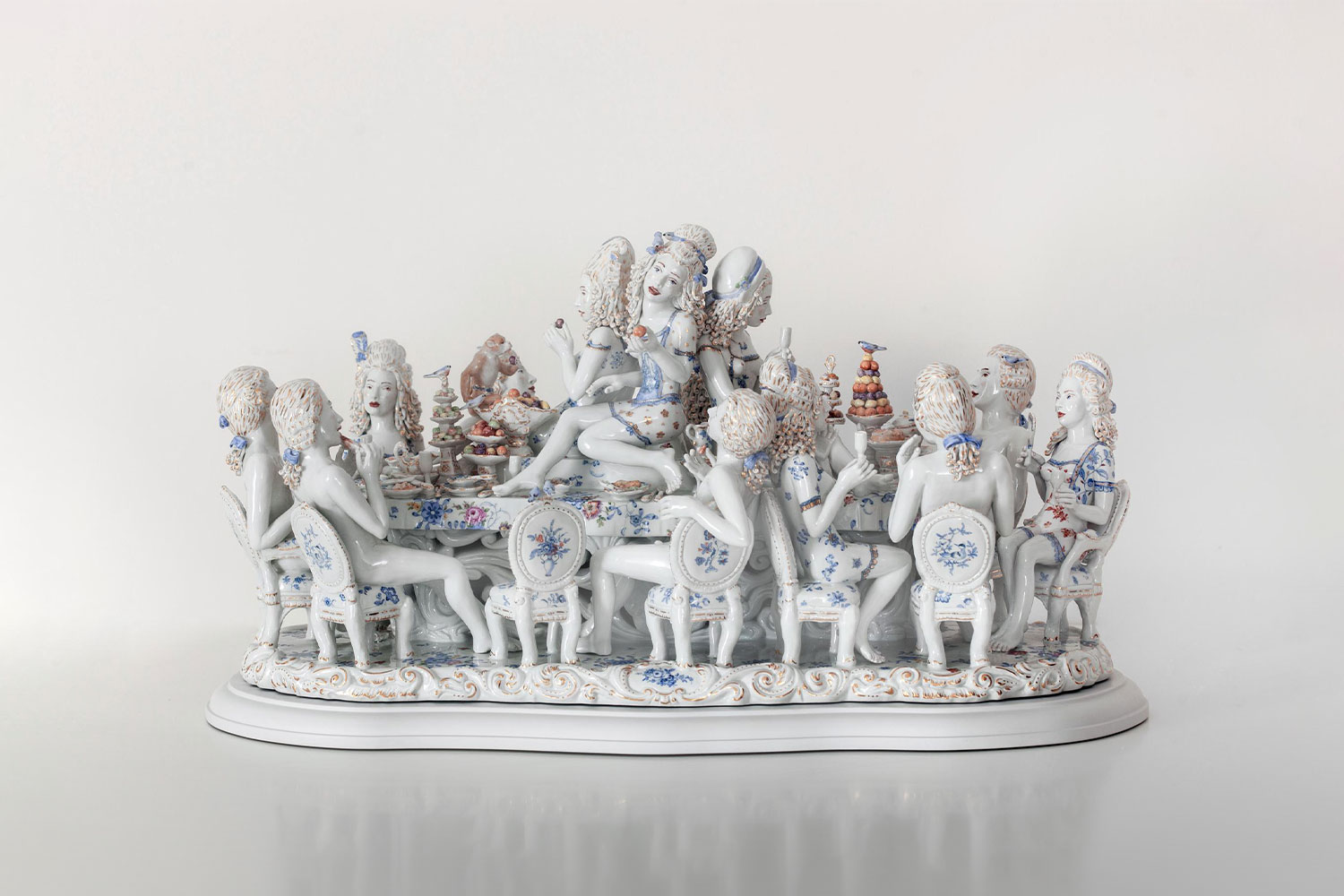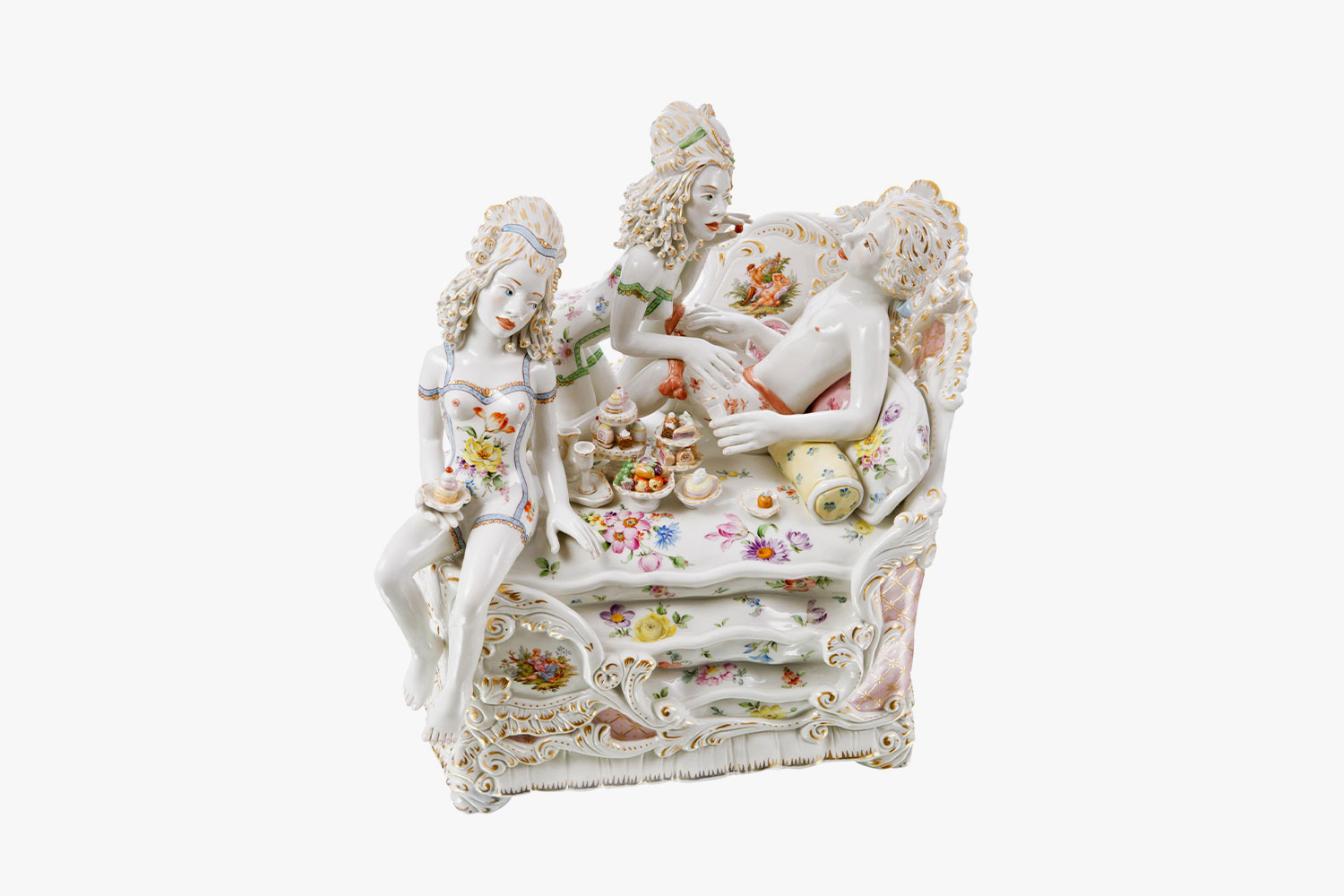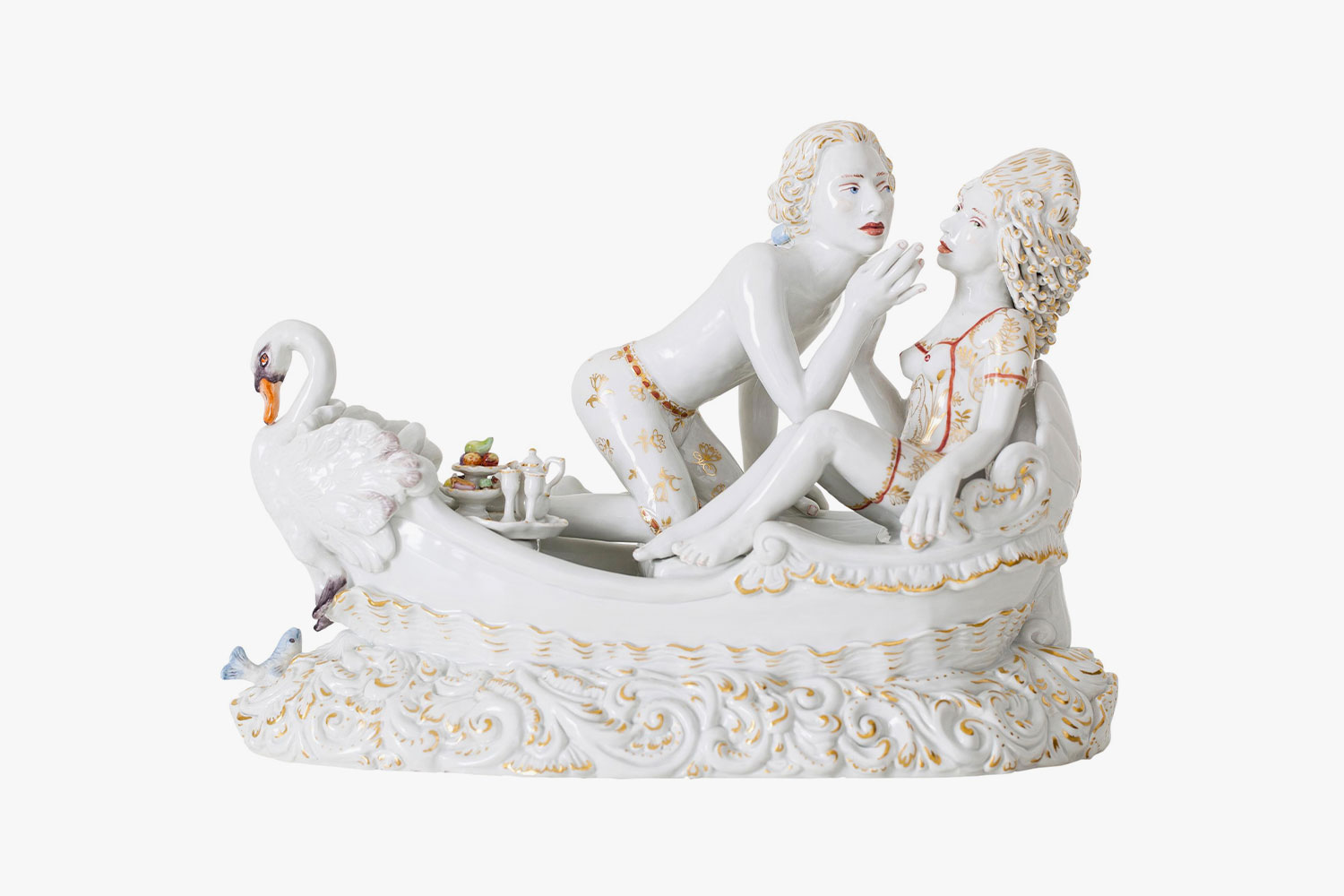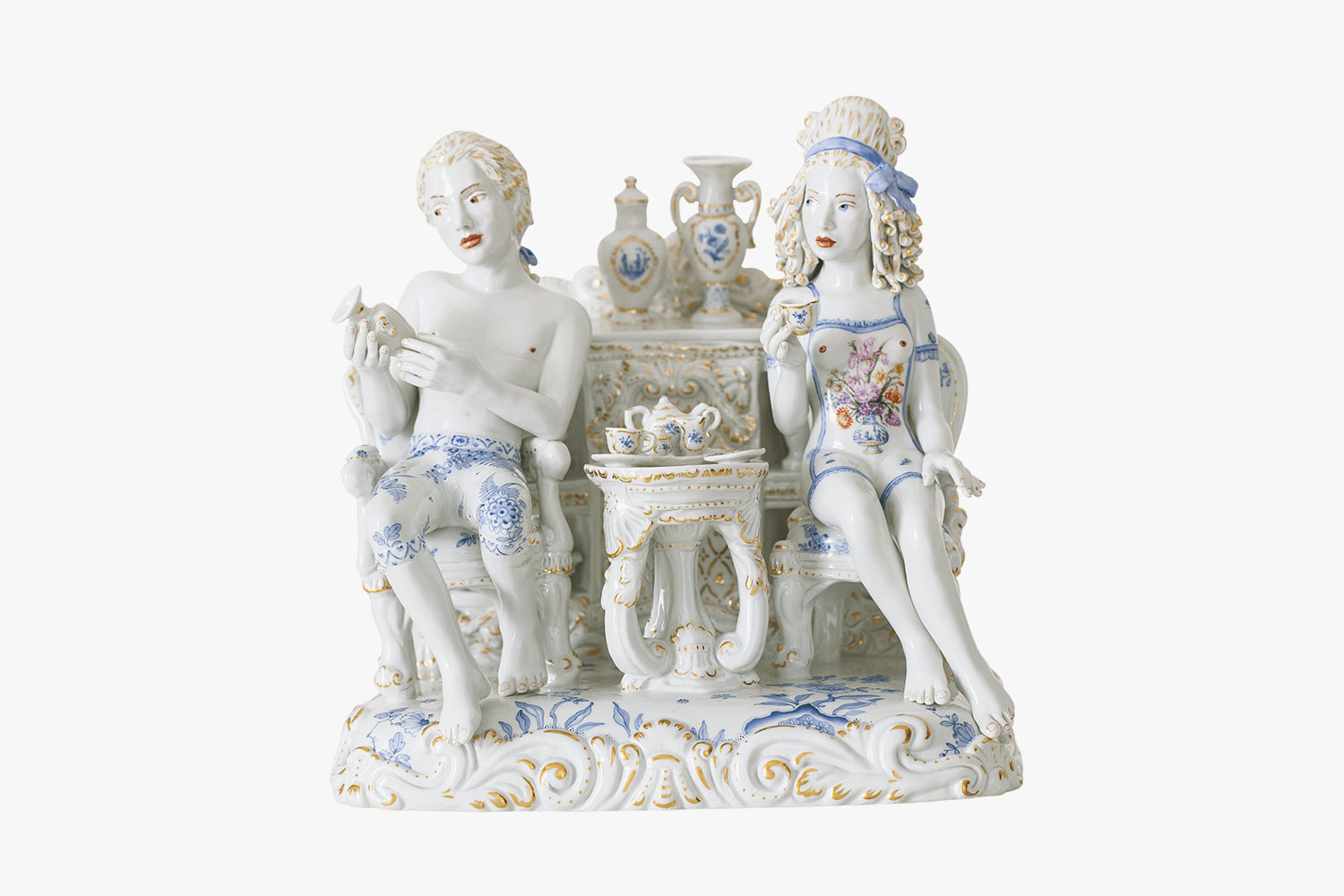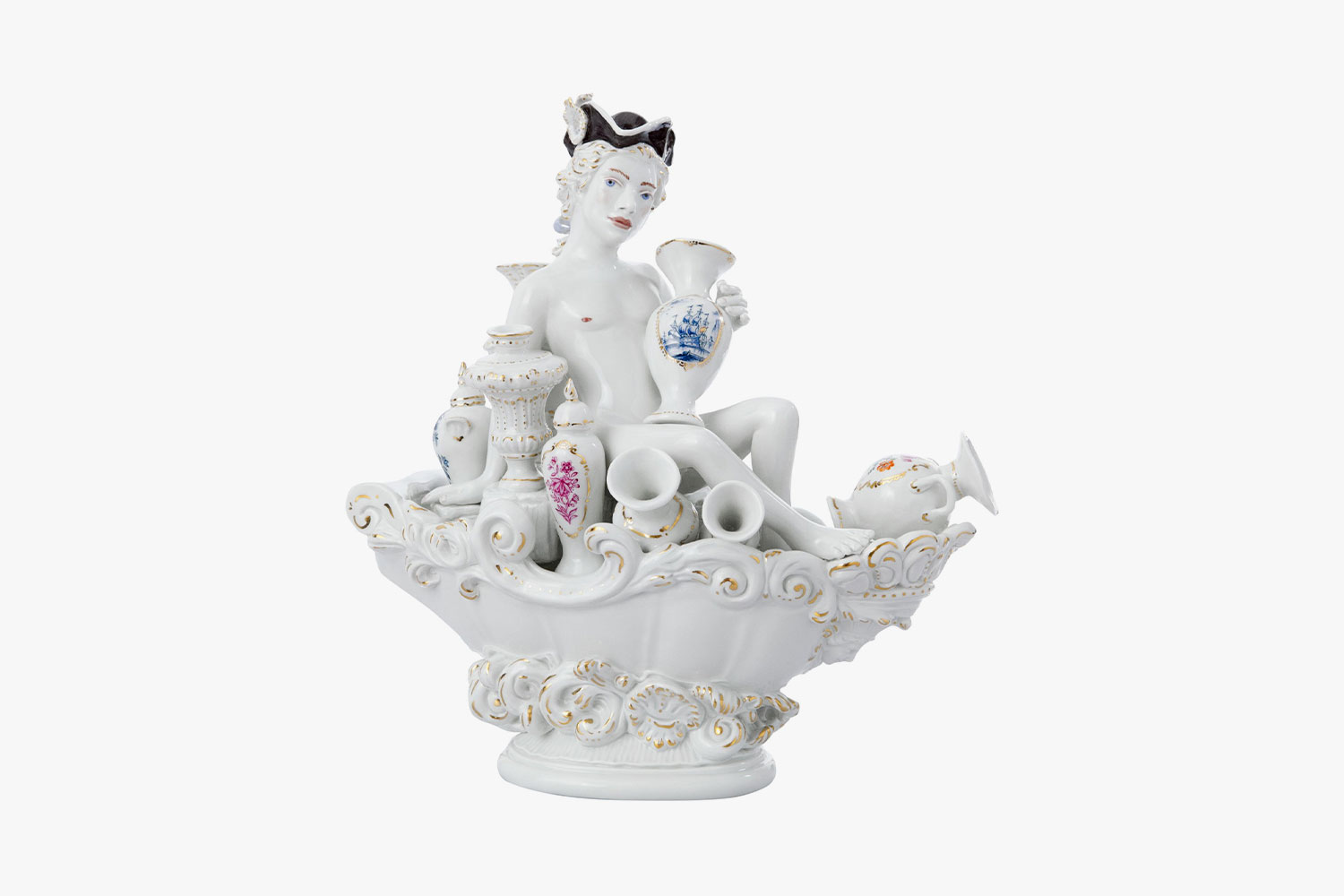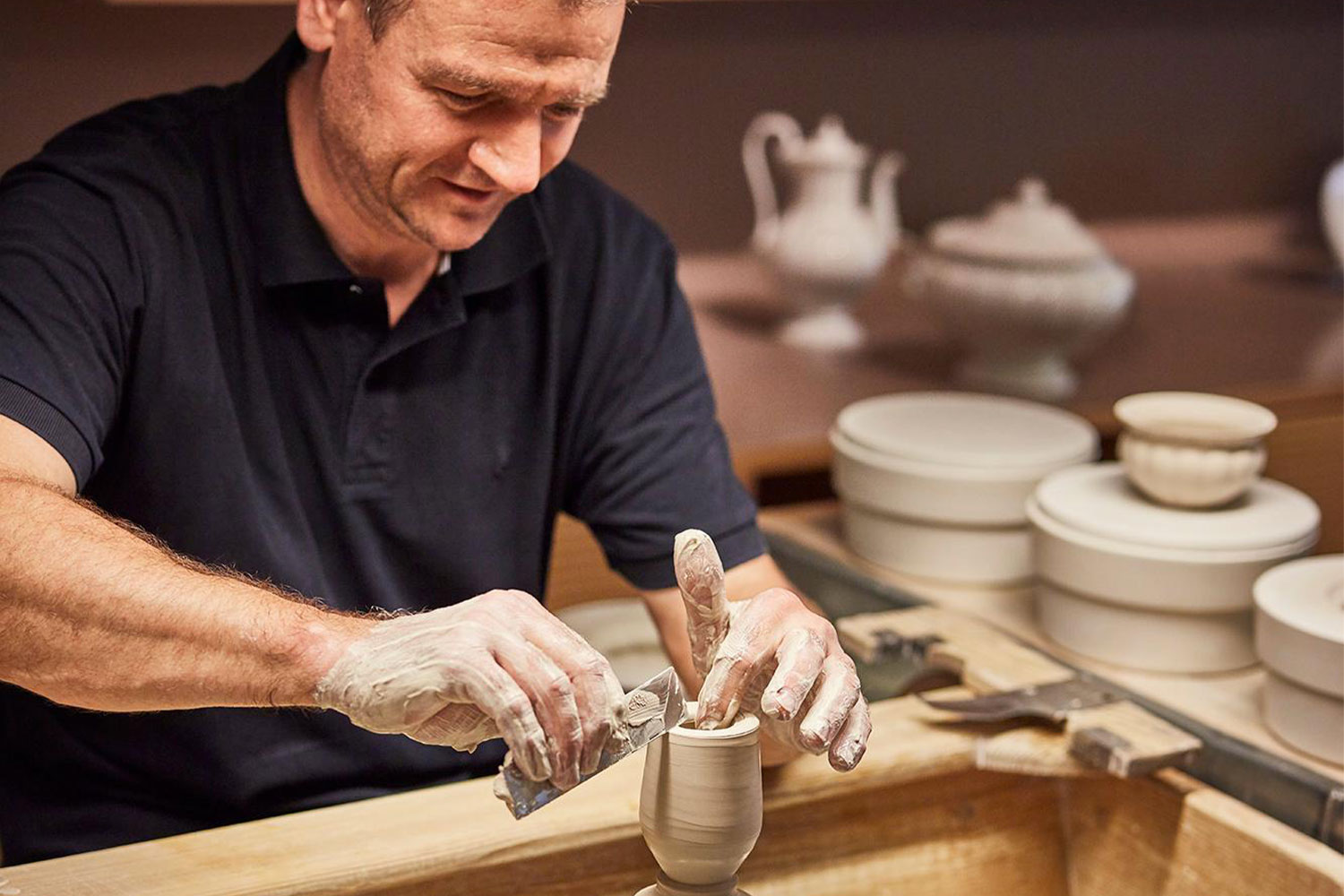 © Meissen
© Meissen
Meissen
Porcelain craftingThe 17th century signalled the start of an infatuation with white Chinese porcelain. For the European aristocracy, it became essential to own and collect. Among those aristocrats was Augustus the Strong, Elector of Saxony. Little economic effort was spared to increase his collection, but the Asian traders only took payments in gold and silver. To meet this demand Augustus, like many of his contemporaries, turned to alchemy, aiming to transform common metals into gold. While these attempts failed, his chemists succeeded in discovering the secrets of porcelain production. In 1708 they discovered that kaolin could be used to create white porcelain. A few years later, the first porcelain factory was established in Meissen. Today, the manufactory draws on the techniques and designs developed by the creative minds that have passed through the manufactory over its 300-year history. Its newest porcelain creations place these historic designs in a contemporary context.
TechniqueFrom its inception, Meissen has stood out in Europe as a leader in porcelain-making processes, placing itself at the forefront of porcelain trends and designs. Its early success did not go unnoticed, and in order to protect its work from unscrupulous people, Meissen created a logo that would feature on its creations. The mark of the swords, introduced in 1720 to protect Meissen’s image and brand, is one of the earliest examples of a trademark in Europe.
Objects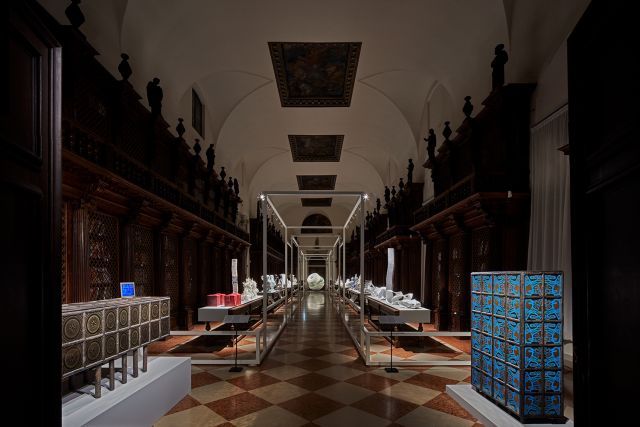 Porcelain Virtuosity Exhibition
Contact
Porcelain Virtuosity Exhibition
Contact
Talstraße 9, 01662, Meissen, Germany
Diana.Strohbach@meissen.com
www.meissen.com






